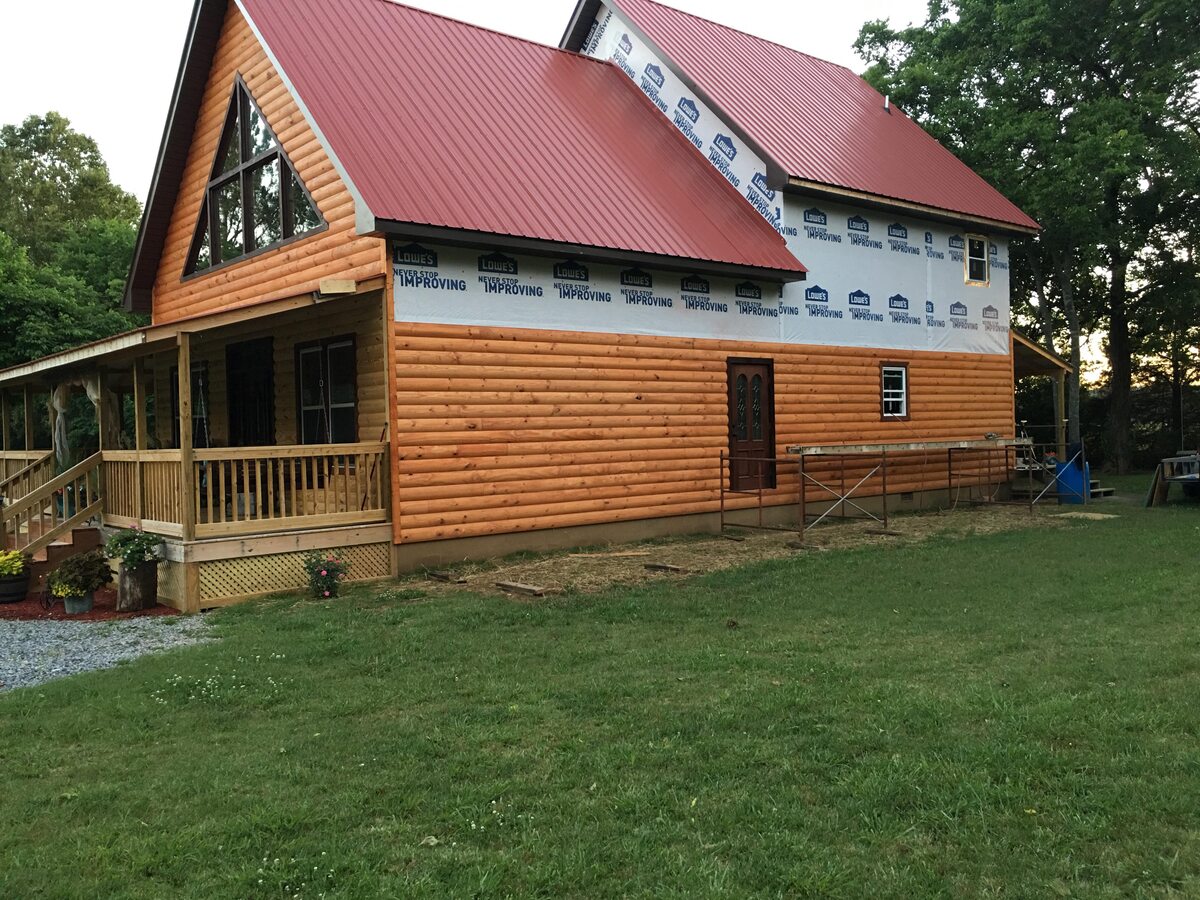

Articles
How Much Is Log Cabin Siding
Modified: October 27, 2024
Discover the cost of log cabin siding with our informative articles. Gain insights and knowledge about various log cabin siding options and prices.
(Many of the links in this article redirect to a specific reviewed product. Your purchase of these products through affiliate links helps to generate commission for Storables.com, at no extra cost. Learn more)
Introduction
Log cabin siding is a popular choice for homeowners who appreciate the natural beauty and rustic charm it brings to their homes. Whether you want to give your house a classic mountain lodge aesthetic or simply appreciate the rugged appeal of log-like siding, log cabin siding can be a fantastic option.
Log cabin siding is designed to replicate the appearance of traditional handcrafted logs and can be made from a variety of materials, including vinyl, fiber cement, and engineered wood. It offers the timeless appeal of a log cabin, while also providing durability, low maintenance, and a more affordable option when compared to real log construction.
In this article, we will explore the world of log cabin siding and provide an in-depth analysis of the costs associated with it. We will discuss the various factors that can affect the cost, the different types of log cabin siding available, the installation process, and the maintenance requirements. Additionally, we will compare the cost of log cabin siding to other popular siding options, allowing you to make an informed decision for your home.
So, if you’re curious about log cabin siding and want to know how much it would cost for your home, keep reading to discover all the information you need to make a well-informed decision.
Key Takeaways:
- Log cabin siding offers homeowners the timeless appeal of a log cabin with the convenience, affordability, and durability of modern siding materials, providing a charming and rustic look with minimal maintenance requirements.
- While log cabin siding may have a higher upfront cost than some alternatives, it offers a unique and timeless aesthetic that may be worth the investment for homeowners seeking an authentic log cabin look, providing warmth, character, and versatility in materials.
Read more: How To Build A Log Cabin Shed
What Is Log Cabin Siding?
Log cabin siding, also known as log siding or log veneer, is a type of siding that mimics the look of logs typically used in traditional log cabin construction. It is designed to give your home the appearance of a log cabin without the cost and maintenance associated with constructing an entire log cabin.
Log cabin siding is available in various materials, including vinyl, fiber cement, and engineered wood. These materials are crafted to resemble the texture, grain, and color of natural wood logs, creating an authentic and rustic look.
One of the key characteristics of log cabin siding is its interlocking design. Each piece of siding has tongue-and-groove edges that fit together snugly, creating a tight seal and preventing moisture infiltration. This design feature not only adds to the charm of the siding but also helps to improve energy efficiency by minimizing air leakage.
Log cabin siding comes in different profiles and styles, allowing you to choose the one that best suits your desired aesthetic. The profiles can range from smooth and uniform to rough-hewn and textured, giving you the freedom to customize the look of your home.
Overall, log cabin siding offers homeowners the opportunity to achieve the timeless appeal of a log cabin while benefiting from the convenience, affordability, and versatility of modern siding materials.
Benefits of Log Cabin Siding
Log cabin siding offers numerous benefits that make it an attractive choice for homeowners. Here are some of the key advantages:
- Authentic and aesthetic appeal: Log cabin siding adds a charming and rustic look to your home, creating a warm and inviting atmosphere. The natural wood texture and grain patterns enhance the beauty of your exterior, giving it a timeless and classic appeal.
- Variety of materials: Log cabin siding is available in various materials, including vinyl, fiber cement, and engineered wood. This allows you to choose the material that best suits your preferences and budget while still achieving the desired log cabin aesthetic.
- Low maintenance: Unlike real log cabins, log cabin siding requires minimal maintenance. It does not require painting or staining, saving you time and money in the long run. Regular cleaning and inspection are generally all that is needed to keep it looking its best.
- Durability: Log cabin siding made from high-quality materials is built to withstand the elements. It is resistant to rot, insects, and warping, making it a durable and long-lasting siding option for your home.
- Energy efficiency: The interlocking design of log cabin siding helps to improve the energy efficiency of your home. It creates a seal that minimizes air leakage, reducing drafts and improving insulation. This can lead to potential energy savings and a more comfortable indoor environment.
- Versatility: Log cabin siding can be used on the entire exterior of your home or as an accent for certain sections. It can also be combined with other siding materials, such as stone or stucco, for a unique and customized look. This versatility allows you to create the exact aesthetic you desire for your home’s exterior.
With these benefits, log cabin siding offers homeowners a practical and visually appealing option that adds value to their homes while requiring minimal upkeep and maintenance.
Factors Affecting the Cost of Log Cabin Siding
When considering the cost of log cabin siding, it’s important to understand that several factors can influence the overall price. By taking these factors into account, you can better estimate the cost and plan your budget accordingly. Here are the key factors that can affect the cost of log cabin siding:
- Material: The choice of material for log cabin siding plays a significant role in determining its cost. Vinyl siding tends to be the most affordable option, while fiber cement and engineered wood can be slightly more expensive. Natural wood options, such as cedar or pine, are generally the most expensive but offer unparalleled authenticity.
- Size of the project: The size of your home or the specific area where log cabin siding will be installed directly impacts the cost. More significant projects will require more materials and labor, resulting in a higher overall cost. The number of windows, doors, corners, and other architectural details also affects the price.
- Complexity of installation: The complexity of the installation process can affect the cost of log cabin siding. If your home has unique architectural features, uneven surfaces, or requires additional preparation work, the installation process may take longer and require more labor, driving up the price.
- Additional features: Optional features like insulation, trim, and accessories can increase the cost of log cabin siding. However, these additional features can also enhance the effectiveness, durability, and overall aesthetic appeal of your siding, offering long-term value for your investment.
- Geographical location: The cost of materials and labor can vary depending on your geographical location. Factors such as local market conditions, availability of materials, and labor rates specific to your area can influence the overall cost of log cabin siding.
- Quality of materials: The quality of the materials you choose will also impact the cost. Higher-quality materials may come with a higher price tag, but they often offer superior durability, aesthetics, and longevity.
It’s essential to consider these factors and gather quotes from reputable contractors to get a more accurate estimate of the cost of log cabin siding for your specific project. By doing so, you can make an informed decision and ensure that your budget aligns with your desired outcome.
Types of Log Cabin Siding
Log cabin siding comes in various types, each offering a unique look and set of benefits. Here are some popular types of log cabin siding:
- Vinyl Log Cabin Siding: Vinyl log cabin siding is a popular and affordable option. It is made from PVC (polyvinyl chloride) and is known for its durability, low maintenance requirements, and resistance to rot, warping, and insect damage. Vinyl log siding is available in different styles and colors, providing a versatile and cost-effective way to achieve the log cabin aesthetic.
- Fiber Cement Log Cabin Siding: Fiber cement log cabin siding is a composite material made from cement, sand, and cellulose fibers. It offers the authentic appearance of wood logs while providing excellent durability, resistance to fire, rot, and insects. Fiber cement siding is available in various textures, patterns, and finishes, allowing you to replicate the look of real logs with enhanced longevity and low maintenance needs.
- Engineered Wood Log Cabin Siding: Engineered wood log cabin siding is made from wood fibers, resins, and additives. It combines the natural beauty of wood with added durability and resistance to moisture, rot, and insects. Engineered wood siding is available in different profiles and finishes, giving you the option to choose the level of rustic charm you desire.
- Natural Wood Log Cabin Siding: Natural wood log cabin siding offers the most authentic and traditional look. It is typically made from cedar or pine logs and brings natural warmth and beauty to your home’s exterior. Natural wood siding requires regular maintenance, including staining or painting to protect it from moisture and sun damage. It offers a classic charm but may require more upkeep compared to other siding types.
- Log Cabin Siding Panels: Log cabin siding panels are prefabricated panels made to resemble logs. They are typically made from engineered wood or fiber cement and offer a quicker and easier installation compared to individual siding pieces. Log cabin siding panels often feature interlocking designs, allowing for a seamless and secure fit.
Each type of log cabin siding has its own unique features, pros, and cons. Consider your budget, desired aesthetic, and maintenance preferences when choosing the type of log cabin siding that best suits your needs.
When considering the cost of log cabin siding, it’s important to factor in the type of wood, the size of the project, and any additional materials or labor costs. Additionally, comparing quotes from multiple suppliers and contractors can help you find the best price for your project.
Read more: How To Make A Log Cabin Quilt Block
Log Cabin Siding Installation Process
The installation process of log cabin siding involves several steps to ensure a seamless and durable application. While it’s always recommended to hire a professional contractor for installation, here is a general overview of the log cabin siding installation process:
- Prepare the surface: Before installation, the exterior of your home needs to be properly prepared. This involves removing any existing siding, repairing any damaged areas, and ensuring a clean and flat surface for the new siding.
- Install a moisture barrier: It’s crucial to install a moisture barrier to protect your home from water infiltration. This barrier helps prevent moisture damage and prolongs the lifespan of your log cabin siding. It is typically made of a breathable material that allows moisture to escape while blocking water from entering.
- Begin siding installation: Starting from the bottom, the first row of log cabin siding is installed. Each piece has a tongue on the top and a groove on the bottom, allowing them to interlock securely. This creates a tight and weather-resistant seal.
- Continue with subsequent rows: Install each subsequent row, ensuring that the siding pieces overlap properly. This creates a visually appealing staggered pattern and increases the stability of the siding. Use nails or screws to secure the siding in place, making sure they penetrate into the underlying wall studs or sheathing.
- Trim and detail work: As the siding progresses, trim pieces are installed around windows, doors, corners, and other areas that require additional detailing. These trims help enhance the visual aesthetics and provide a finished look.
- Finishing touches: Once all the siding is installed, make any necessary adjustments and ensure all the pieces are securely fastened. Inspect the entire installation for any gaps or loose sections, and seal them properly to maintain the integrity of the siding.
- Clean up and final inspection: Remove any construction debris and clean the area around your home. Conduct a final inspection to ensure that the installation meets your expectations and that everything is properly sealed and secured.
It’s important to note that the exact installation process may vary depending on the specific type of log cabin siding and the unique characteristics of your home. It is highly recommended to consult with a professional installer to ensure a successful and professional installation of log cabin siding.
Maintenance and Upkeep of Log Cabin Siding
Proper maintenance and regular upkeep of log cabin siding are essential to ensure its longevity and maintain its beautiful appearance. Here are some important tips for maintaining and caring for your log cabin siding:
- Cleaning: Regularly clean your log cabin siding to remove dirt, dust, and other debris. Use a soft-bristle brush or a low-pressure power washer to gently scrub the surface. Avoid using harsh chemicals or abrasive materials that can damage the siding. For stubborn stains, consult the manufacturer’s guidelines for recommended cleaning products.
- Inspect for damage: Routinely inspect your log cabin siding for any signs of damage, such as cracks, warping, or decay. Pay particular attention to areas prone to moisture exposure, such as around windows, doors, and corners. Promptly address any issues to prevent further damage and ensure the integrity of the siding.
- Address moisture issues: Moisture is one of the main enemies of log cabin siding. Check the moisture barrier regularly and repair or replace it if necessary. Ensure that gutters and downspouts are clear, directing water away from the siding. Trim overhanging tree branches that can trap moisture or cause damage to the siding.
- Re-stain or re-paint: If your log cabin siding is made of natural wood, it may require periodic staining or painting to protect it from the elements. Follow the manufacturer’s recommendations for the appropriate products and application techniques. Regularly re-stain or re-paint the siding to maintain its color and protect it from UV rays, moisture, and pests.
- Seal gaps and cracks: Inspect your log cabin siding for any gaps, cracks, or areas where the weatherproofing seal may have worn off. Apply caulk or a suitable sealant to seal these gaps and prevent water infiltration. This will help maintain the structural integrity of the siding and prevent potential damage.
- Trim vegetation: Keep vegetation, such as bushes, vines, or trees, regularly trimmed and away from the log cabin siding. Overgrown vegetation can trap moisture against the siding, leading to decay, mold growth, and insect infestations. It’s important to create a space between the vegetation and the siding to ensure proper airflow and minimize potential damage.
By following these maintenance guidelines, you can help extend the lifespan of your log cabin siding and keep it looking beautiful for years to come. Regular care and upkeep will protect your investment and ensure that your home maintains its appealing log cabin aesthetic.
Comparing Log Cabin Siding Costs to Other Siding Options
When considering different siding options for your home, it’s essential to compare the costs of log cabin siding with other available choices. Here is a comparison of log cabin siding costs with some popular siding options:
- Traditional Wood Siding: Natural wood siding offers a similar aesthetic to log cabin siding but requires more maintenance and upkeep. While it can be more expensive upfront, the cost of natural wood siding can vary depending on the type of wood used. Cedar, for example, tends to be more expensive than pine. However, it offers exceptional durability and a stunning appearance.
- Brick Siding: Brick siding is known for its durability and longevity. It provides a timeless and classy look to your home. However, brick siding tends to be more expensive than log cabin siding, primarily due to the cost of materials and higher labor costs associated with installation.
- Vinyl Siding: Among the most affordable siding options, vinyl siding is a cost-effective alternative to log cabin siding. It comes in a wide range of styles and colors, offering versatility and low maintenance requirements. While it may not provide the same natural wood look as log cabin siding, vinyl is an excellent choice for budget-conscious homeowners.
- Fiber Cement Siding: Fiber cement siding is known for its durability, resistance to the elements, and low maintenance needs. While it can be slightly more expensive than log cabin siding, it offers exceptional longevity and the ability to mimic the texture and appearance of wood logs. Fiber cement siding is an excellent investment for homeowners seeking a durable and reliable siding option.
- Engineered Wood Siding: Engineered wood siding offers a balance between cost and authenticity. While it can be more expensive than vinyl or fiber cement siding, it provides the natural charm of wood logs at a lower cost compared to real wood. Engineered wood siding is designed to resist rot and decay, making it a cost-effective and visually appealing option.
When comparing costs, it’s important to factor in not only the initial investment but also the long-term maintenance and durability of the chosen siding option. While log cabin siding may have a higher upfront cost than some alternatives, it offers a unique and timeless aesthetic that may be worth the investment for homeowners seeking an authentic log cabin look.
Ultimately, the choice of siding material depends on your budget, preferences, and the specific needs of your home. Consult with siding professionals to gather quotes and determine the best siding option that fits your budget and desired outcome.
Conclusion
Log cabin siding offers homeowners a beautiful and rustic alternative to traditional siding options. With its ability to replicate the timeless charm of log cabins, log cabin siding brings warmth and character to any home’s exterior. Throughout this article, we have explored the various aspects of log cabin siding, including its definition, benefits, cost factors, types, installation process, and maintenance requirements.
Log cabin siding provides homeowners with a range of benefits, from its authentic and aesthetic appeal to its low maintenance requirements. It offers versatility in terms of materials, allowing you to choose the option that best suits your preferences and budget. The installation process of log cabin siding, though best left to professionals, involves preparing the surface, installing a moisture barrier, and securely interlocking the siding pieces.
To keep your log cabin siding in optimal condition, regular maintenance and upkeep are essential. Cleaning the siding, inspecting for damage, addressing moisture issues, re-staining or repainting, sealing gaps, and trimming vegetation are all important steps in preserving the integrity and beauty of log cabin siding.
When comparing log cabin siding costs to other siding options, factors such as material, size of the project, complexity of installation, and the quality of materials should be considered. While log cabin siding may require a higher upfront investment, it provides a unique and timeless aesthetic that may be worth the expense for homeowners seeking an authentic log cabin look.
In conclusion, log cabin siding offers a fantastic way to enhance the appearance of your home and add a touch of rustic charm. By carefully considering the various factors and options available, you can make an informed decision that suits your budget, style preferences, and long-term maintenance expectations. Whether you choose vinyl, fiber cement, engineered wood, or natural wood log cabin siding, you can enjoy the beauty, durability, and character it brings to your home for years to come.
Frequently Asked Questions about How Much Is Log Cabin Siding
Was this page helpful?
At Storables.com, we guarantee accurate and reliable information. Our content, validated by Expert Board Contributors, is crafted following stringent Editorial Policies. We're committed to providing you with well-researched, expert-backed insights for all your informational needs.
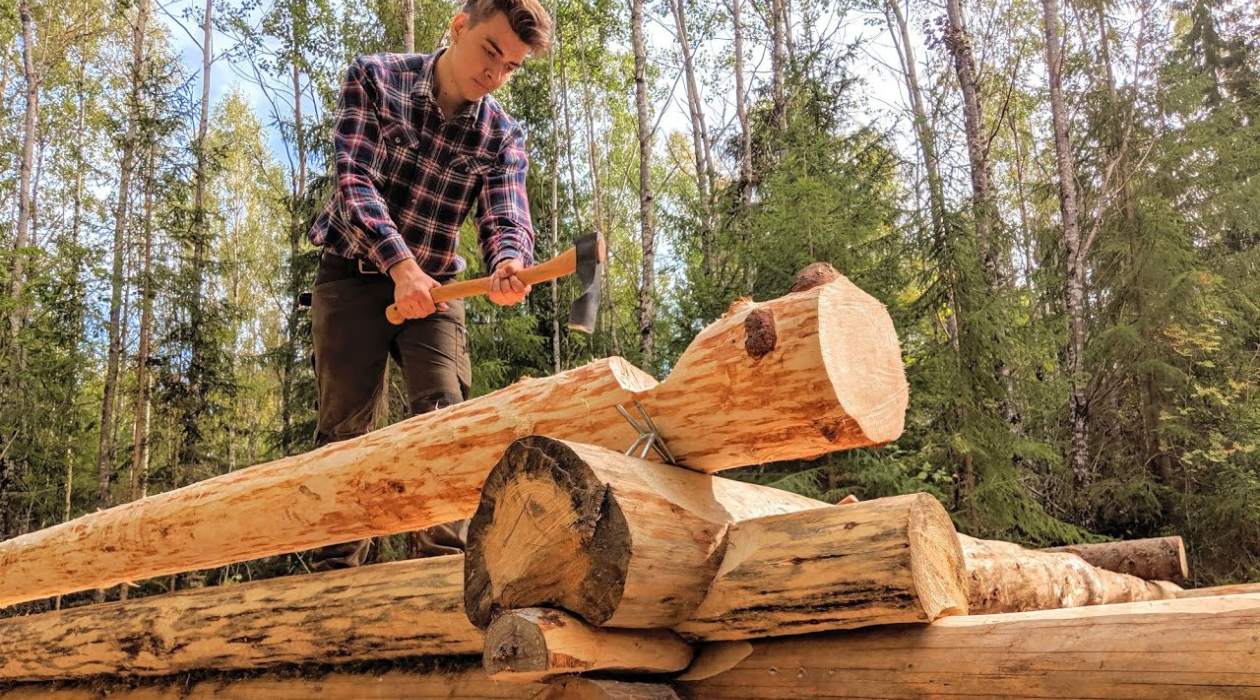

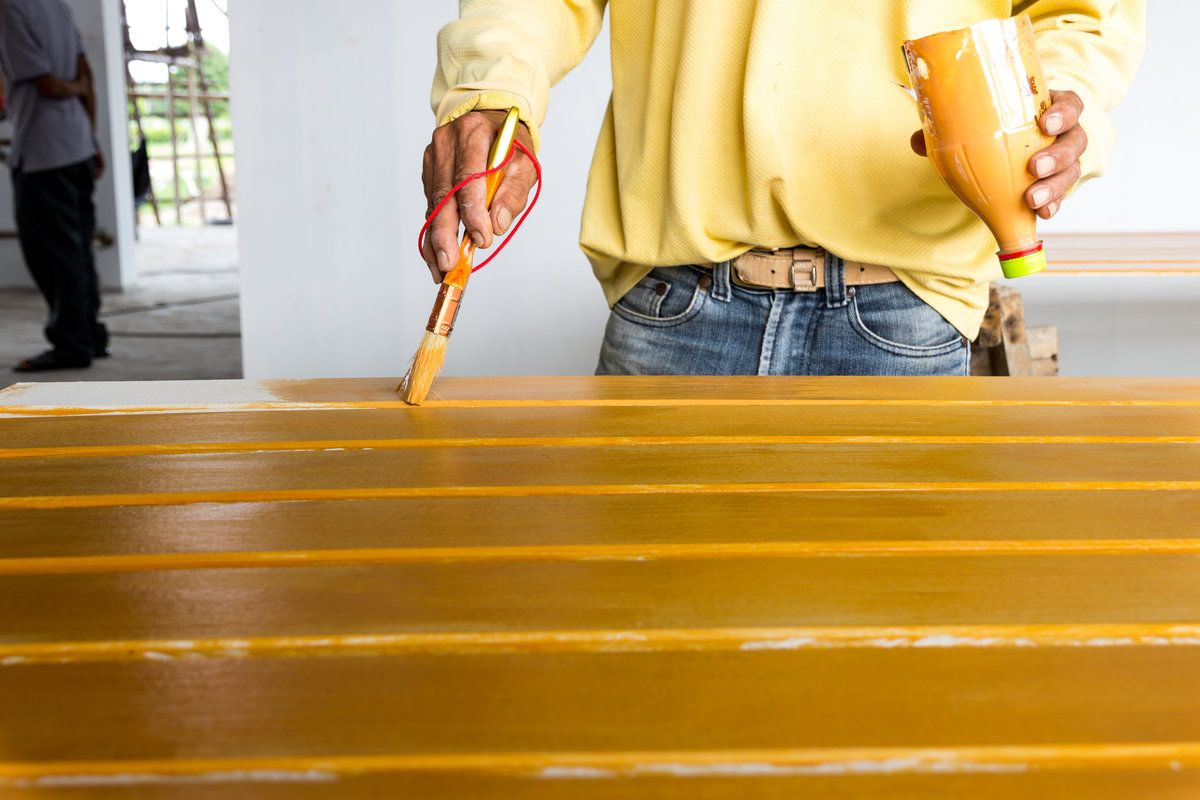
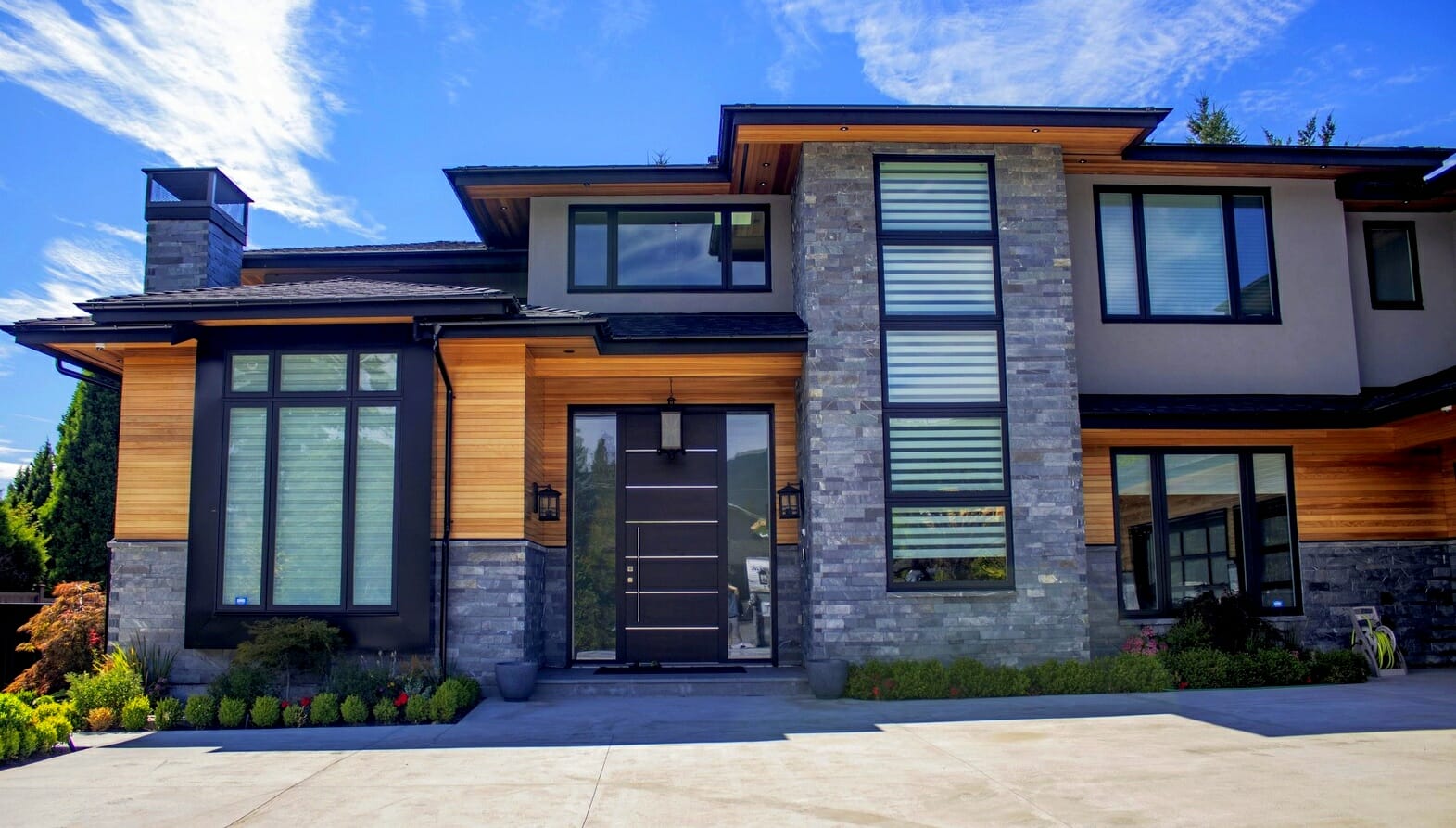
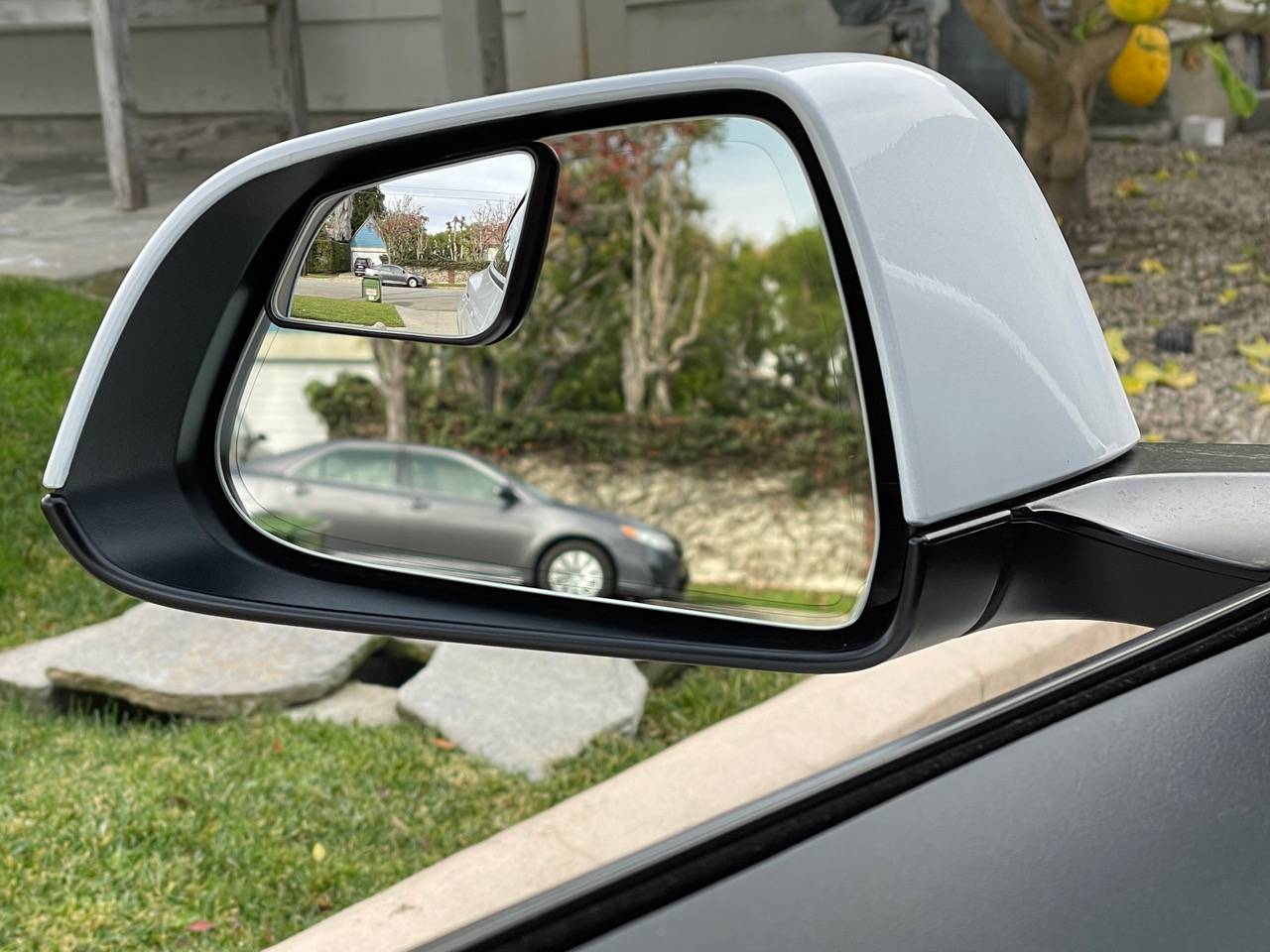
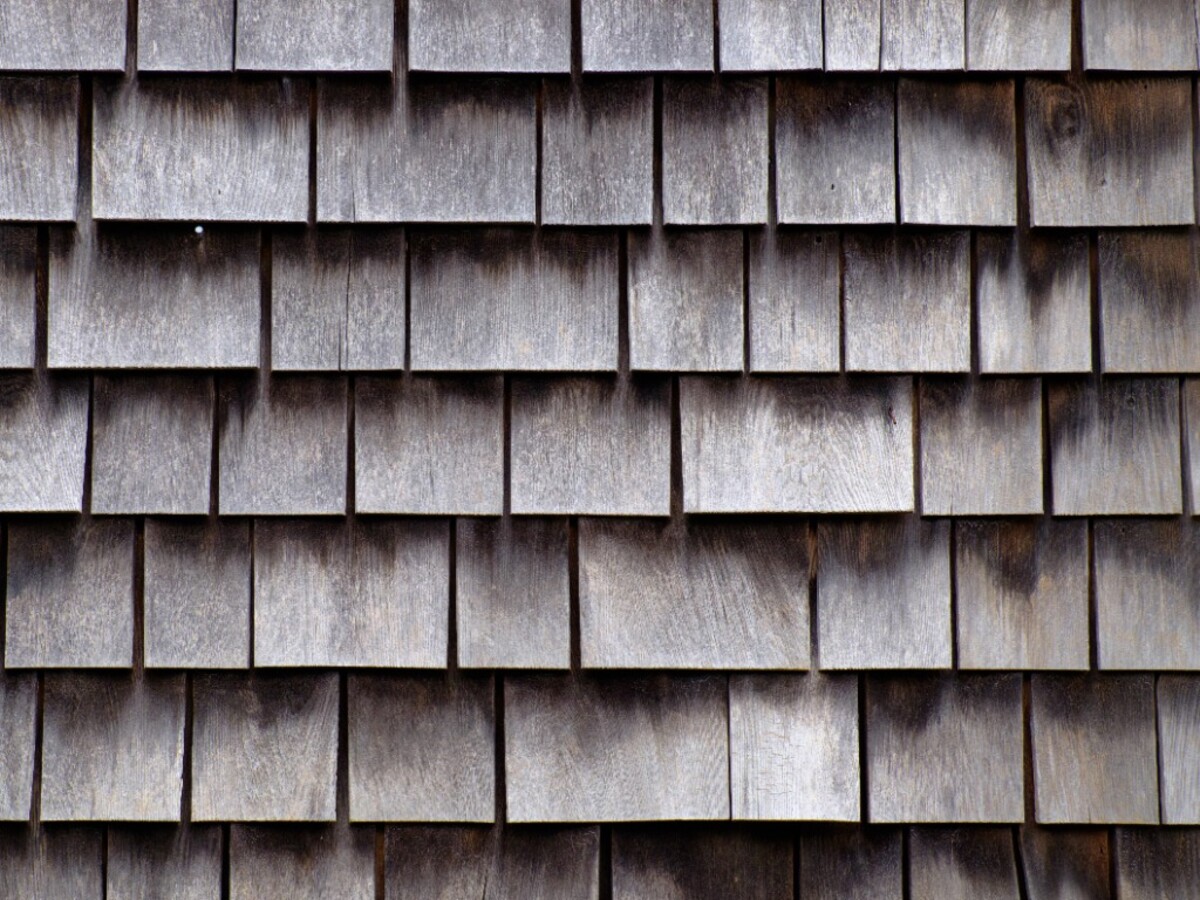
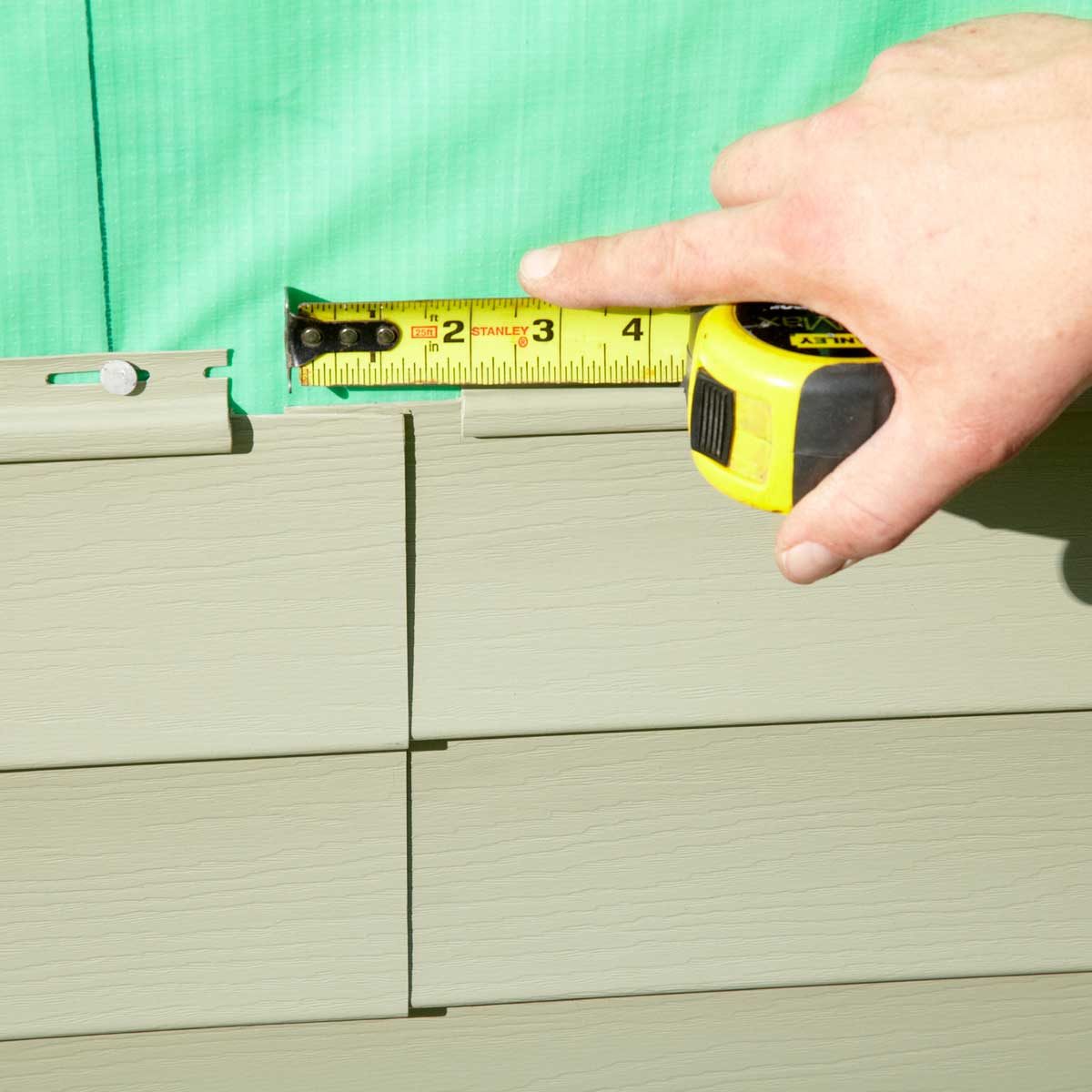
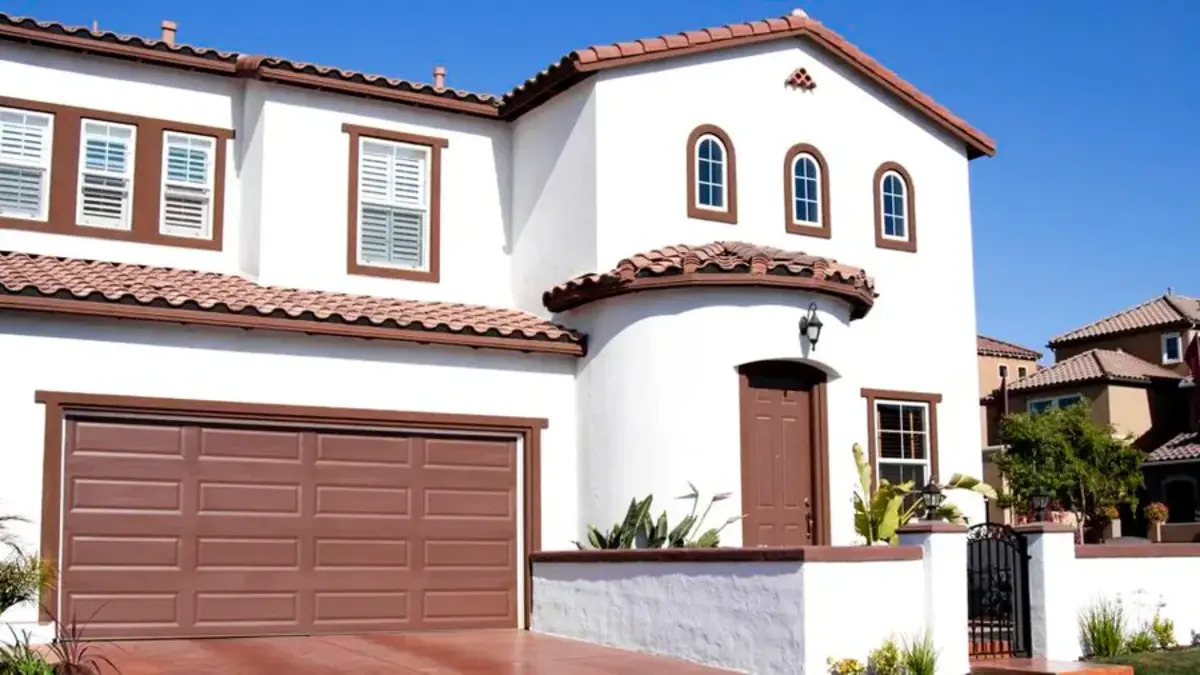
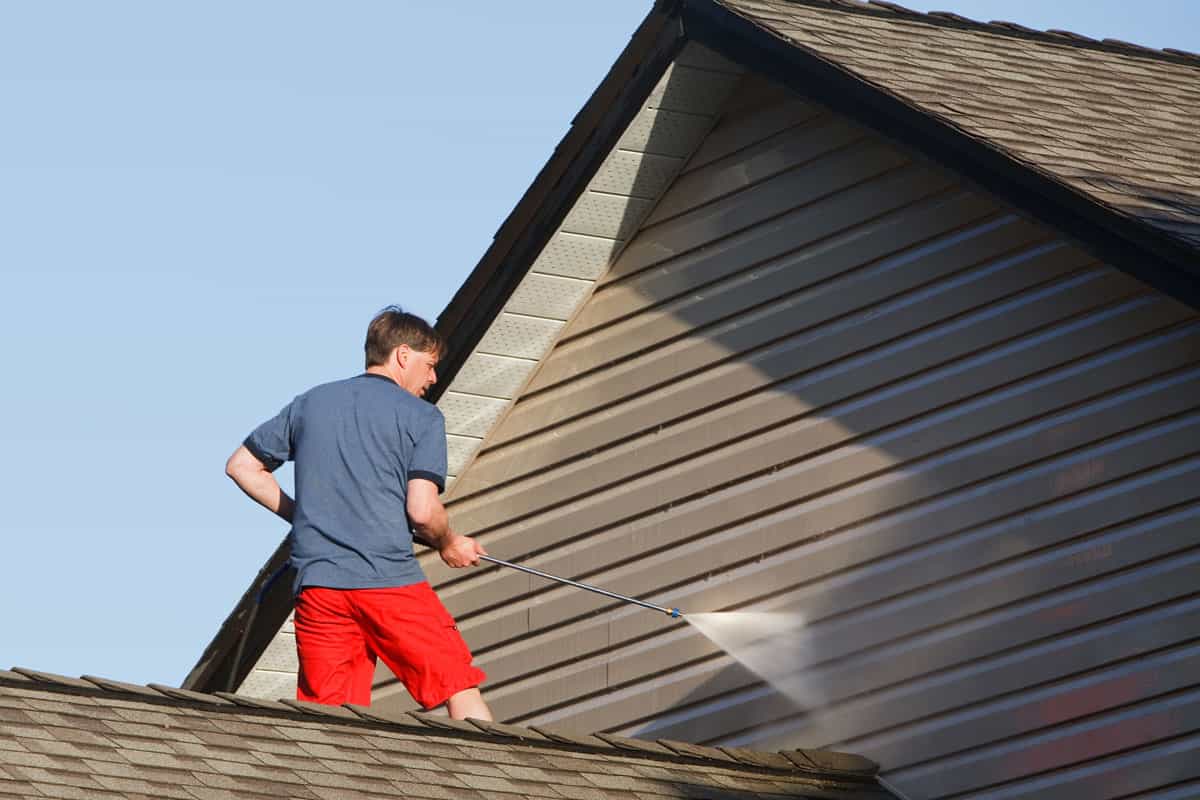
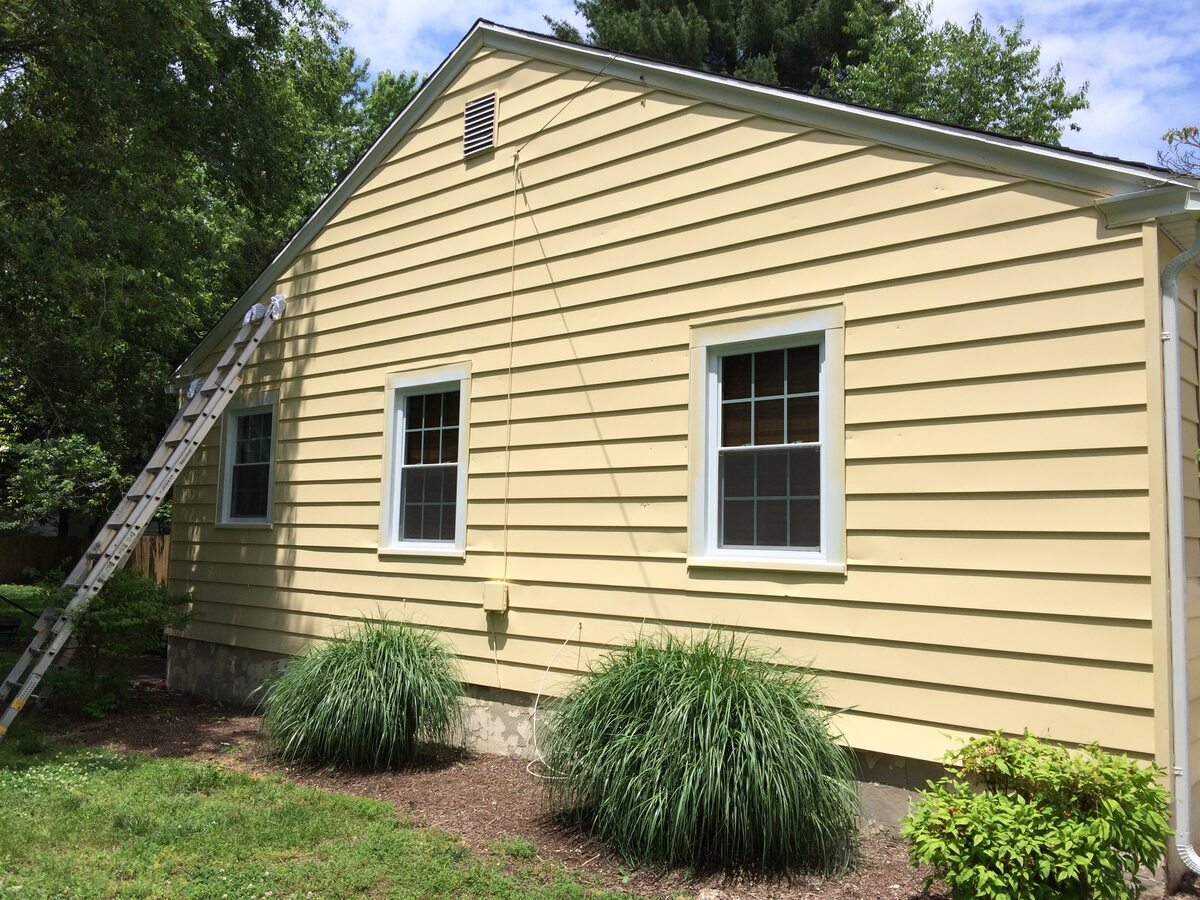
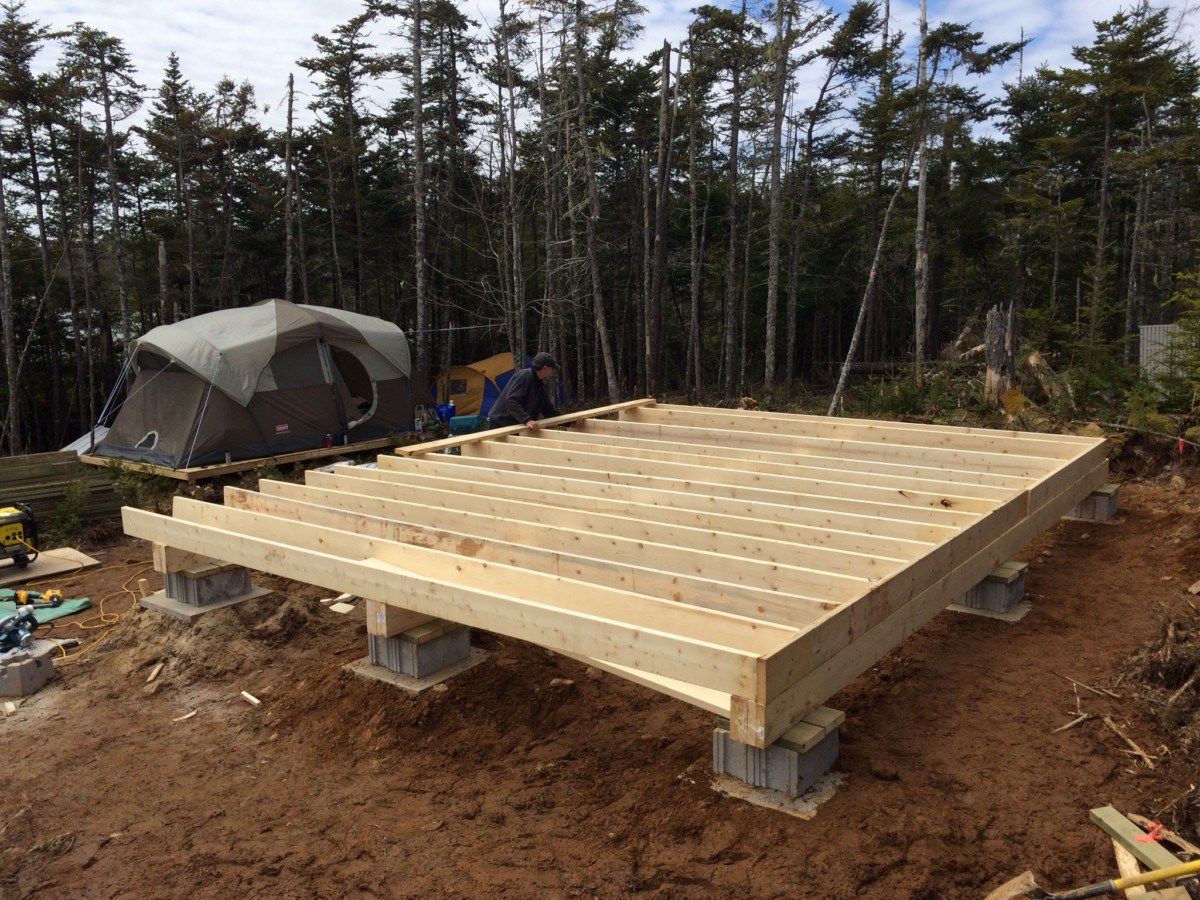
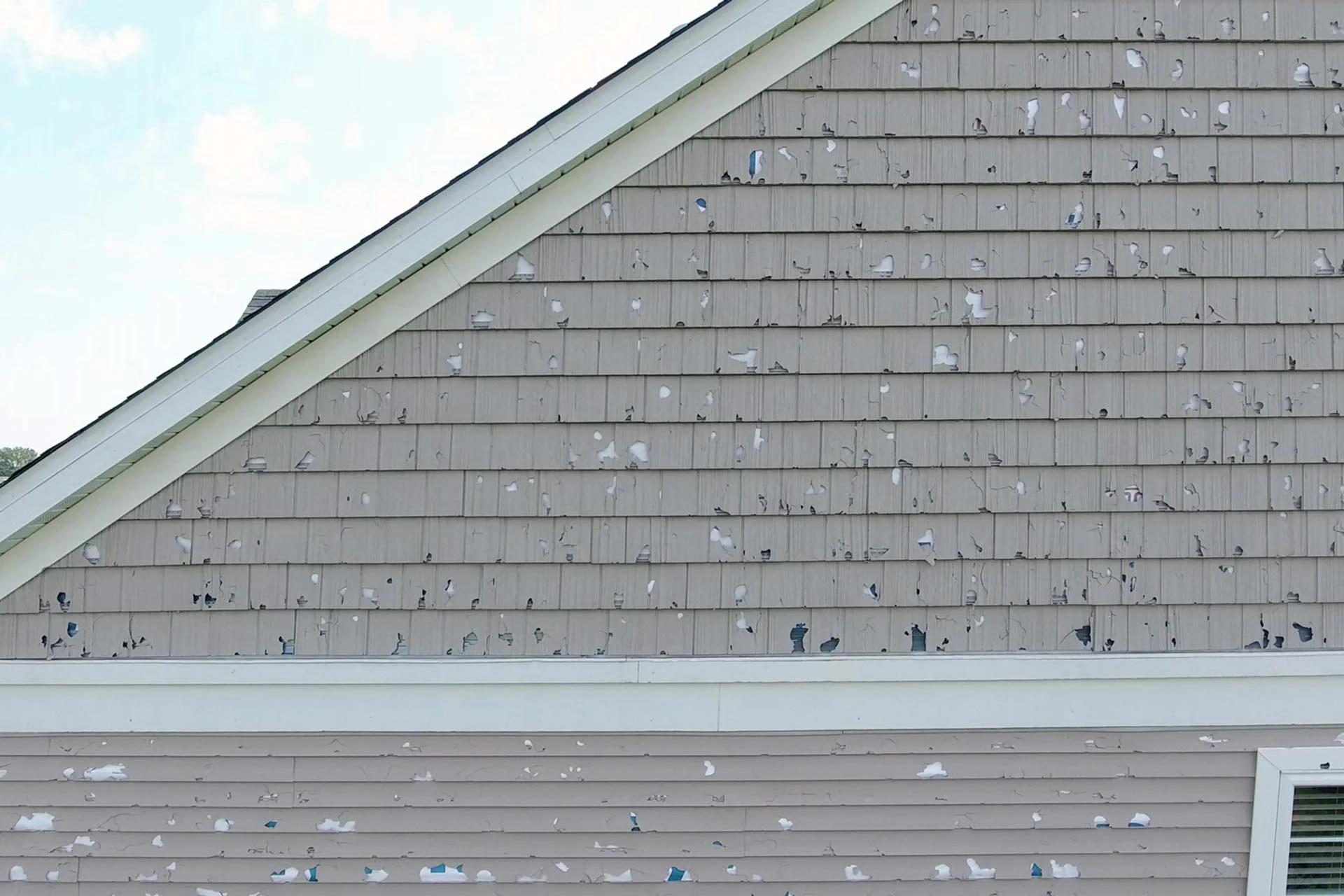
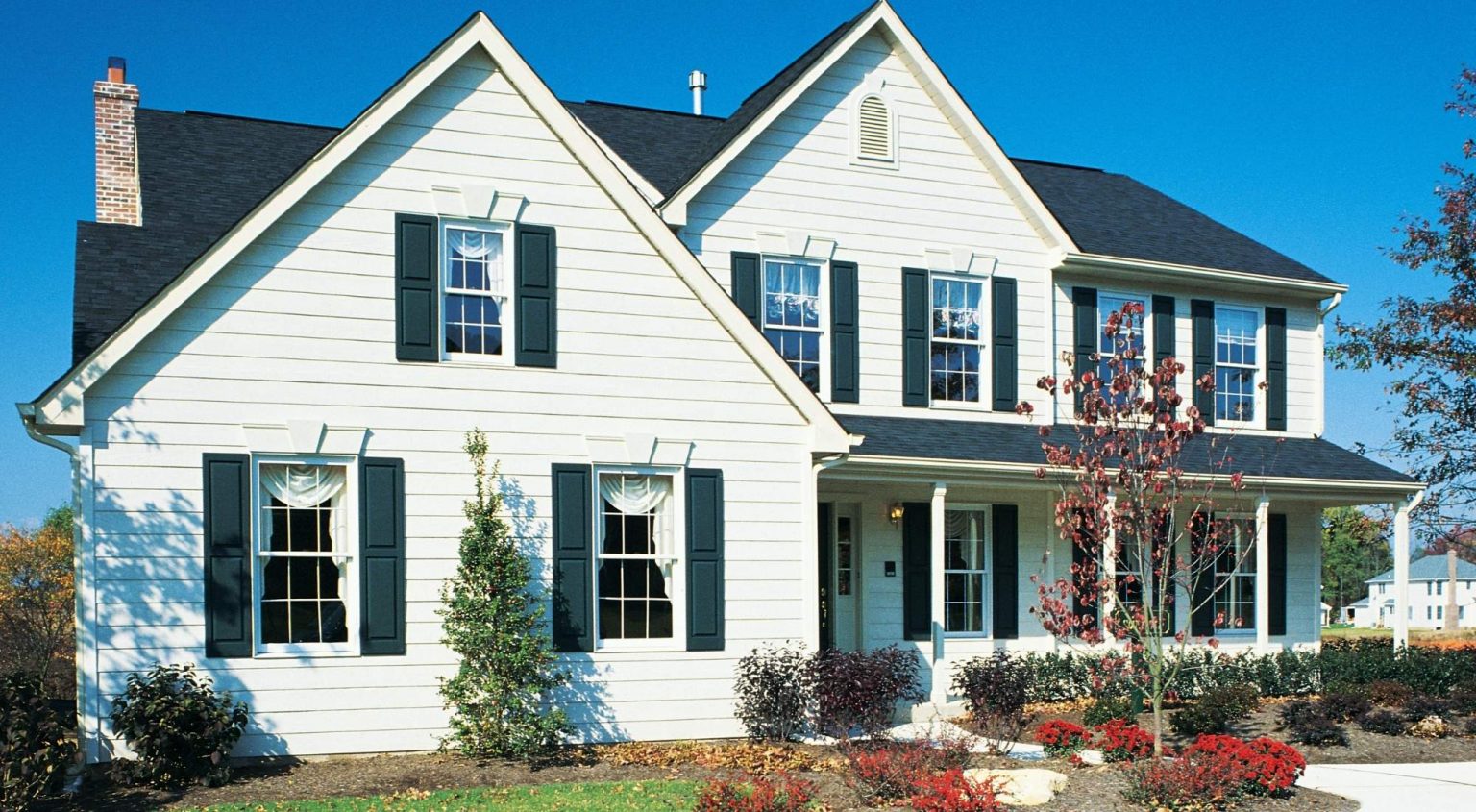
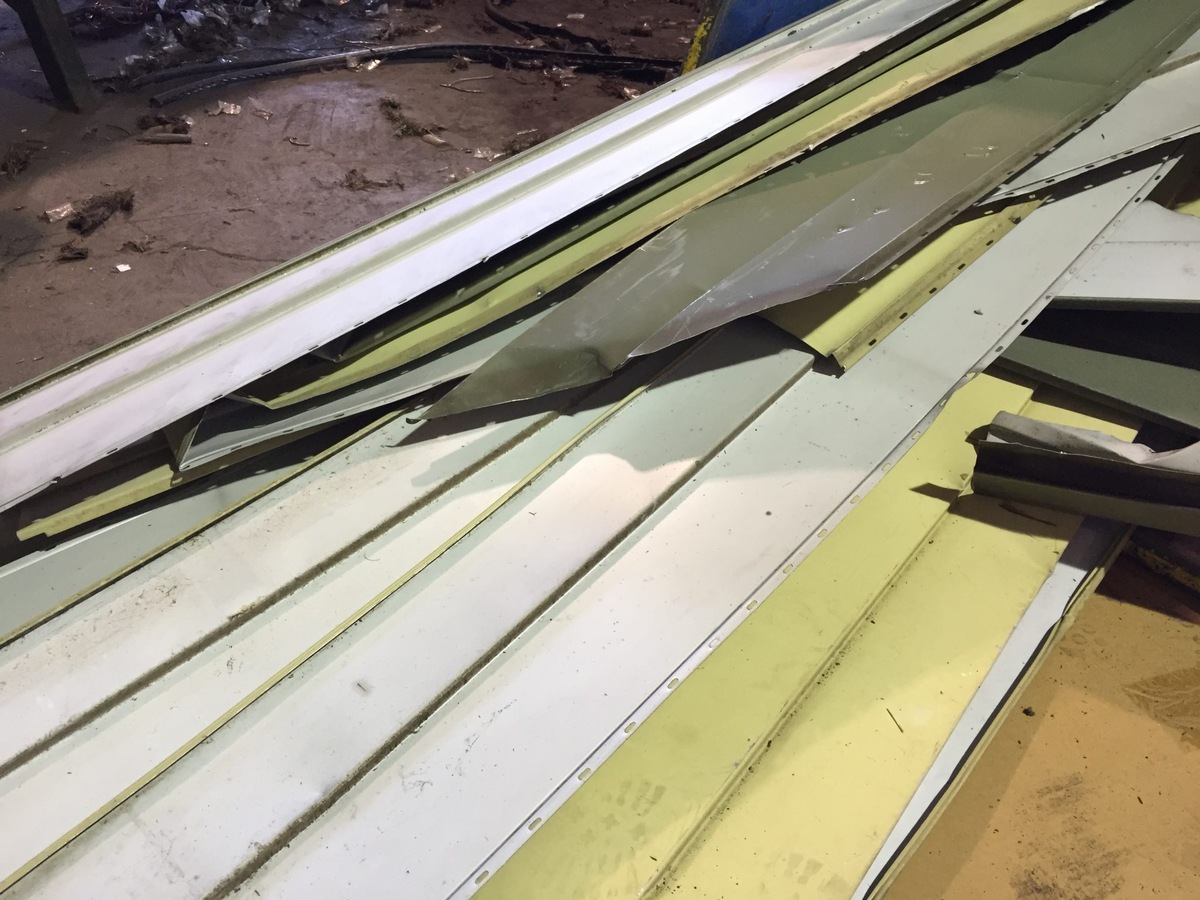

0 thoughts on “How Much Is Log Cabin Siding”